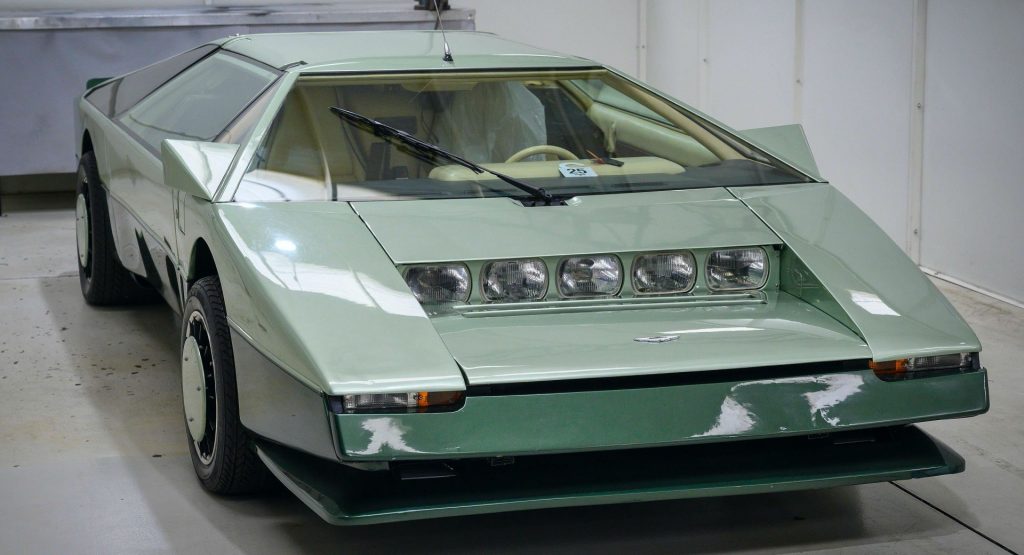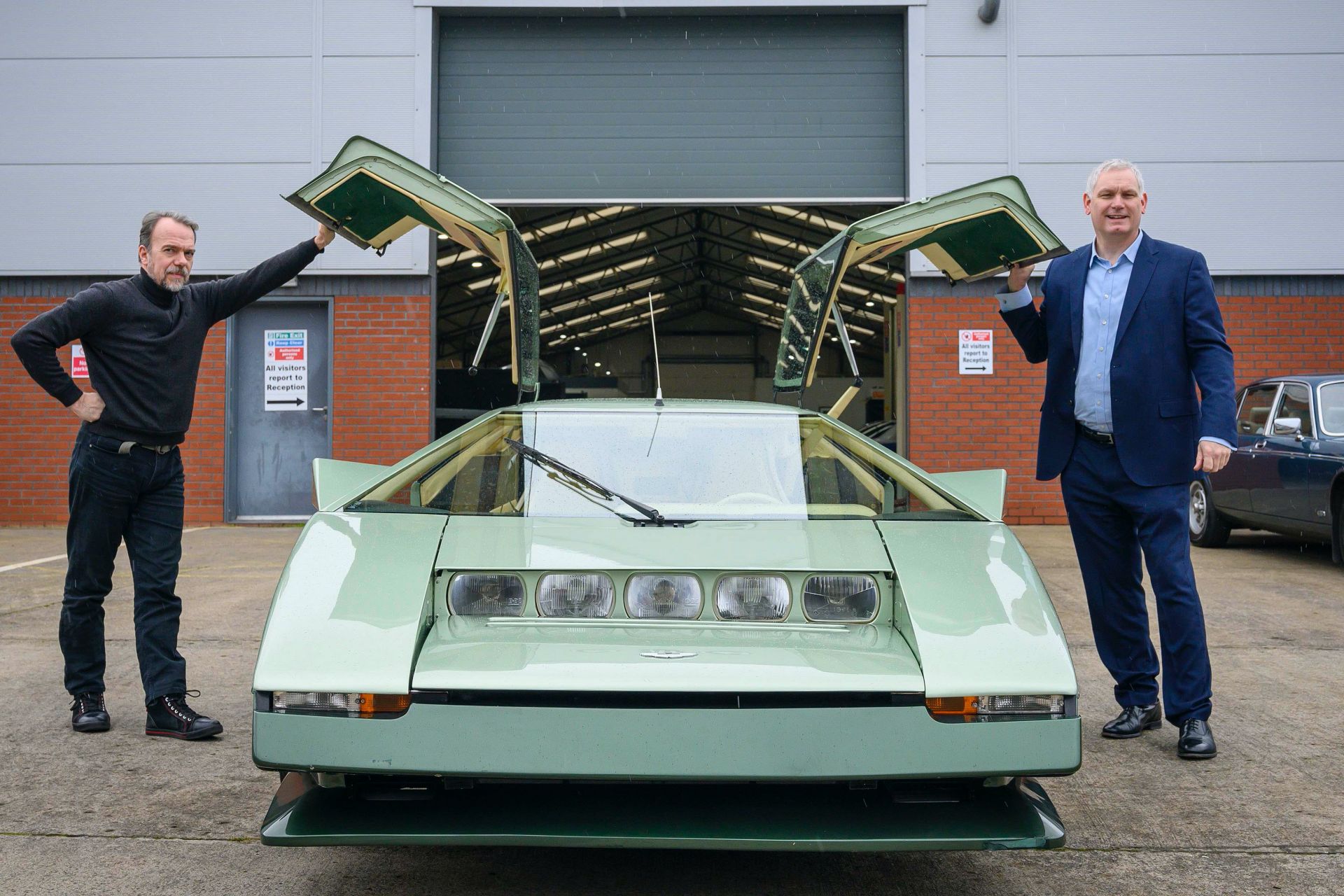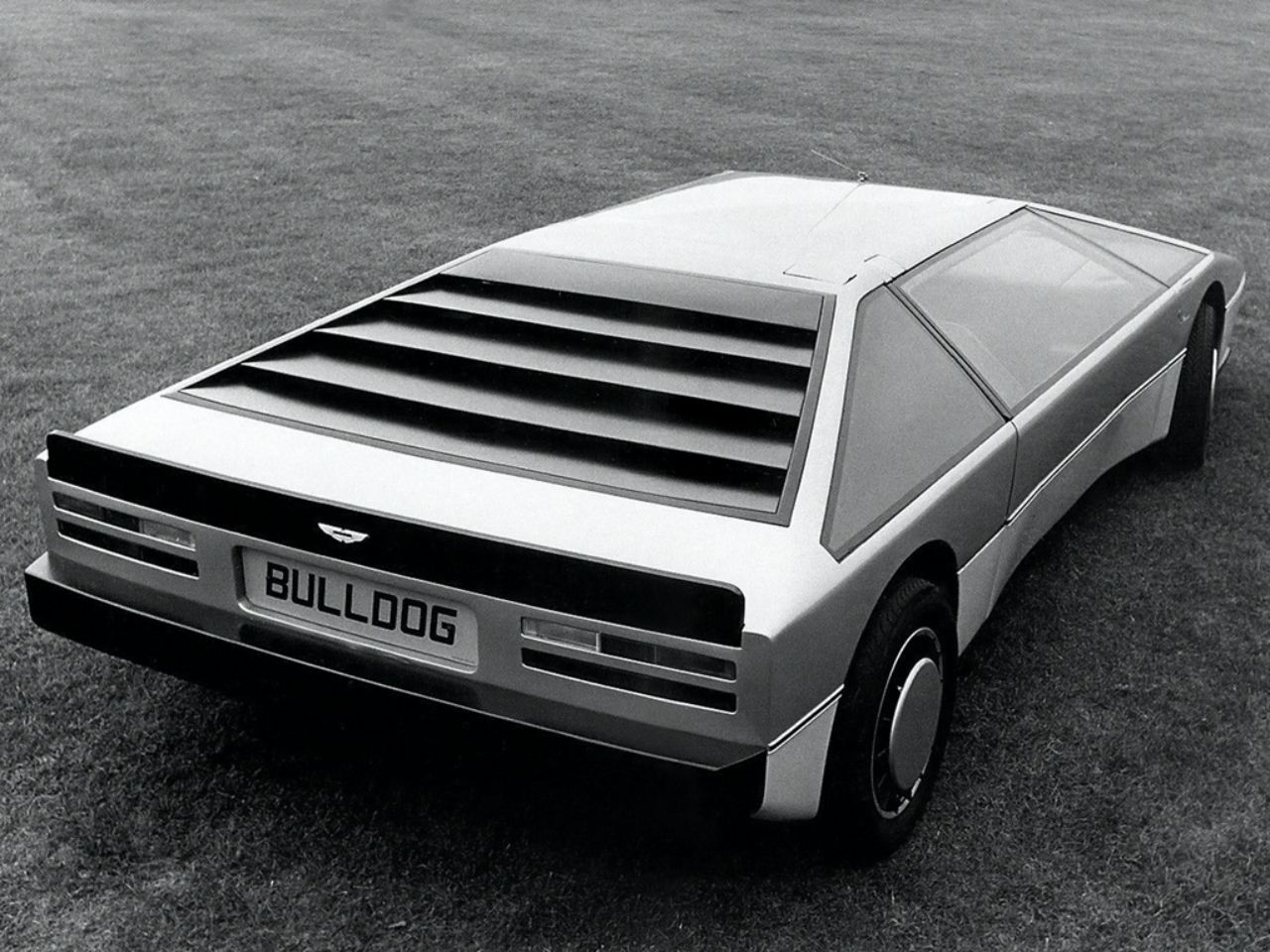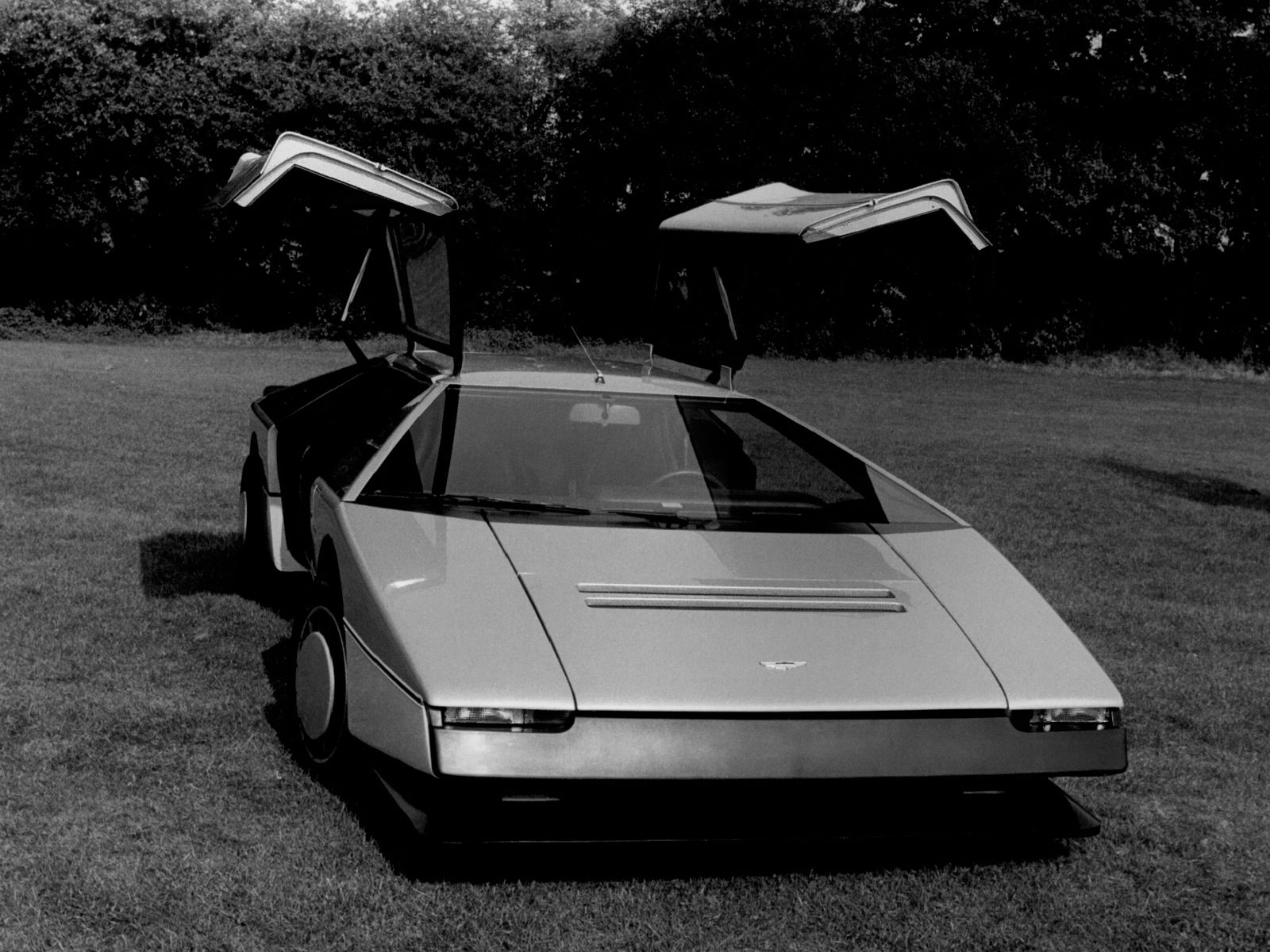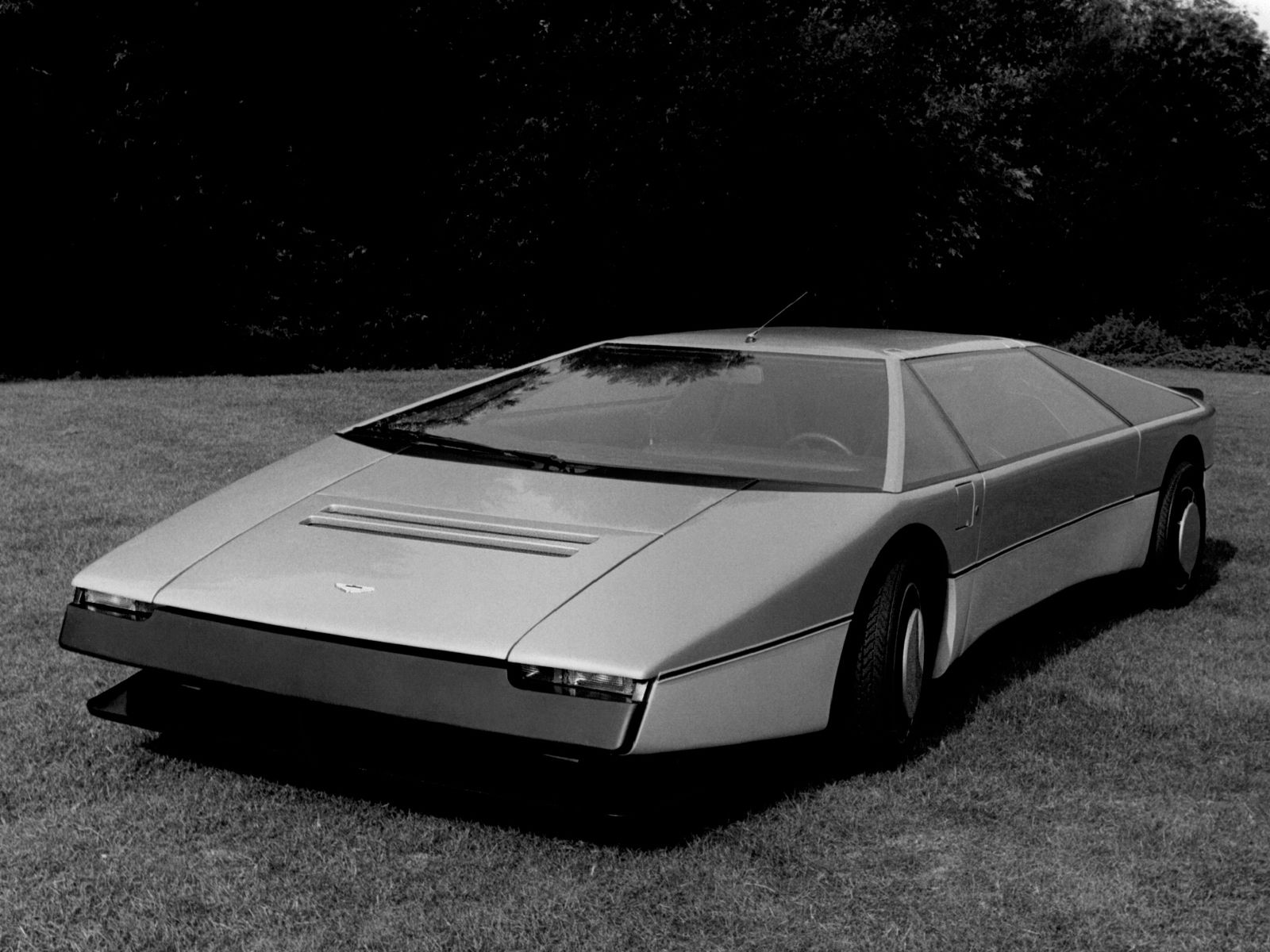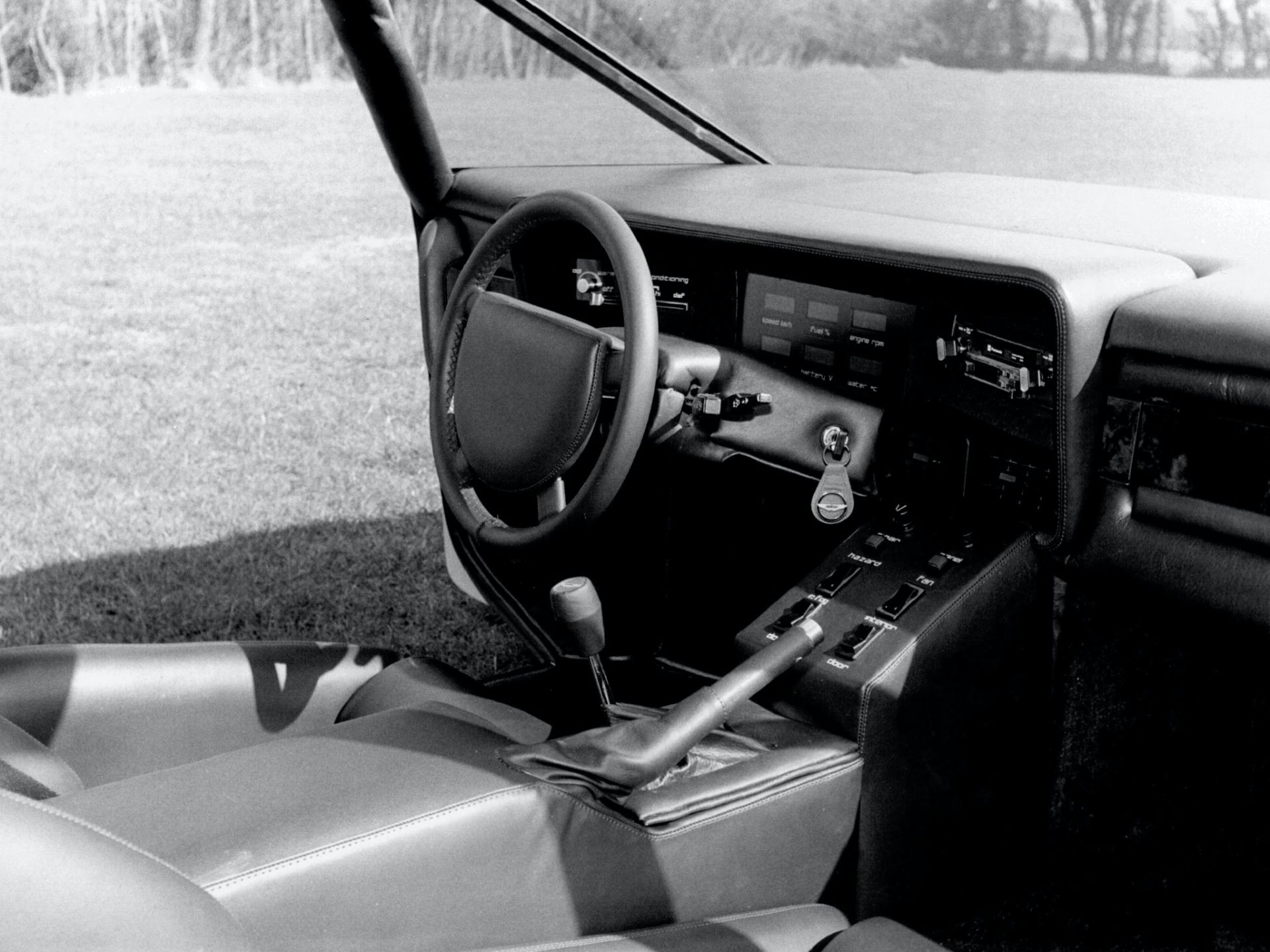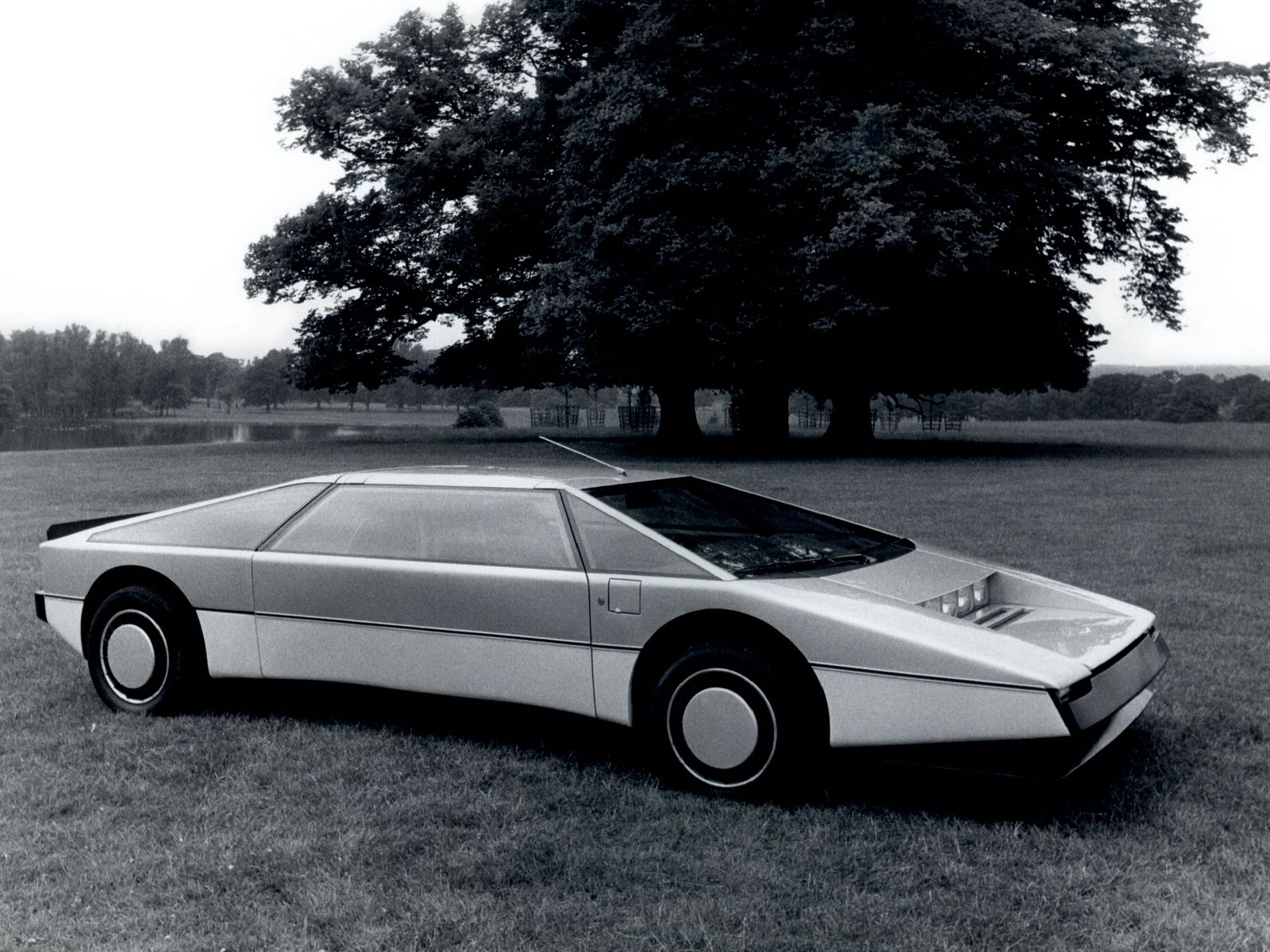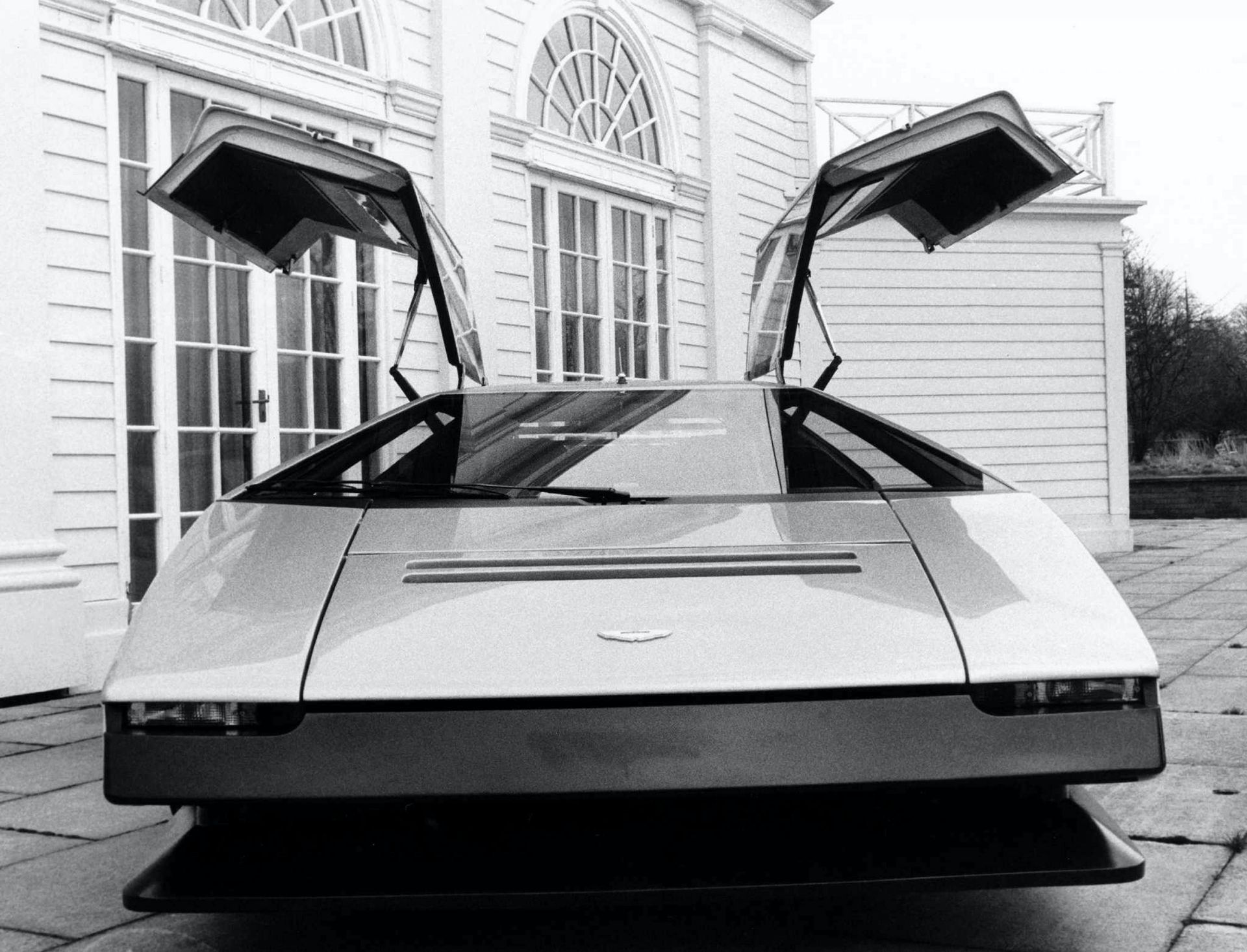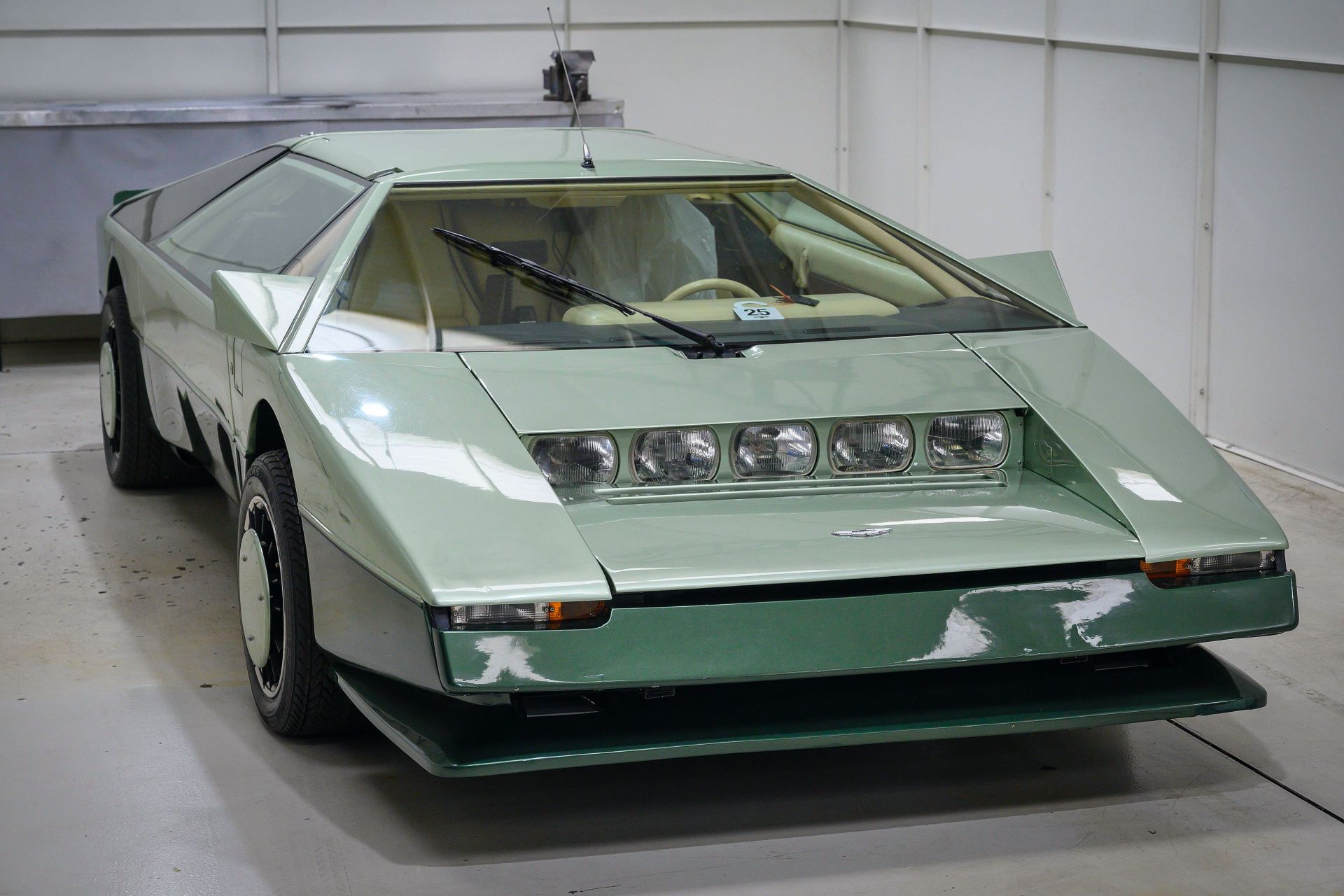An interesting piece of Aston Martin history will be given a new lease on life by Classic Motor Cars in Bridgnorth, UK.
We’re talking about the Aston Martin Bulldog, a one-off concept car styled by William Towns and built in 1979 as a testament to the company’s engineering prowess. Classic Motor Cars (CMC) recently announced it will embark on an 18-month nut-and-bolt restoration of the famous car.
“We want to put the car back to its original configuration but we may include modern components and technology to improve the cars reliability. Overall we want to keep the original engineering architecture and appearance of the car”, said Nigel Woodward, Managing Director at Classic Motor Cars.
Read Also: ‘Barn Find’ 1995 Ferrari F355 Saved And Restored After 13 Years Of Neglect
Following the restoration, the owner plans to run the car over 200 mph (322 km/h) and then take it on a world tour. Why 200 mph, you ask? Because that was Aston Martin’s original goal with the Bulldog. The company hoped that the car would be capable of exceeding 200 mph, which would have made it the fastest production car of its time.
Unfortunately, that didn’t happen. Testing and development were cut short when Victor Gauntlett became chairman of Aston Martin Lagonda in 1981, despite the fact that the Bulldog had achieved 191 mph (307 km/h) in testing at the MIRA track.
The mid-engined Bulldog was powered by a twin-turbo 5.3-liter V8 rated at 600 HP (608 PS) and 500 lb-ft (678 Nm) of torque. Also helping the Bulldog reach such speeds was the wedge-shaped design which gave the car a drag coefficient of 0.34.
Restoring the Aston Martin Bulldog will not be an easy task, as many parts necessary for the one-off car are pretty much impossible to find. As a result, CMC will manufacture those parts on site. “At the moment we are assuming that nothing on the car works and I am sure that as we take it apart we will find all sorts of challenges,” CMC’s boss says.
There’s also the problem of the car’s history. While CMC has a huge history file on the Aston Martin Bulldog, many parts of it are missing. “We are working with the engineers who originally built the car, but there is much more we would like to know. Who changed the color of the car, it was originally white and grey not green, when it was given carburettors etc” Nigel Woodward added.
People who have information or period photographs of the car are kindly asked to contact CMC.



